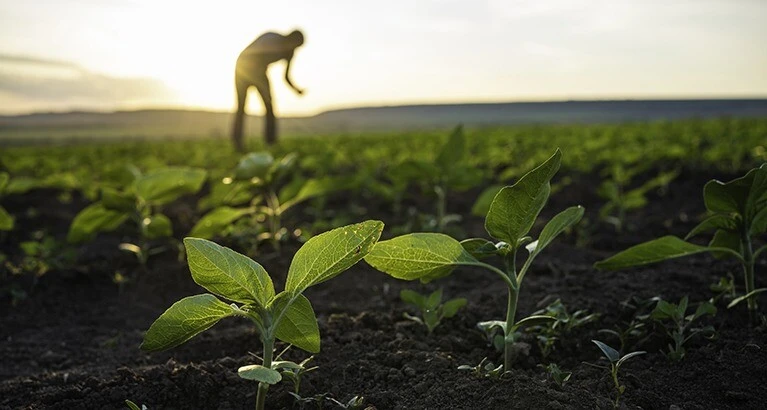Advancing nature finance
Nature finance examines how financial systems, markets, and investment decisions can contribute to the protection and restoration of environmental assets, biodiversity, and ecosystems.
As this field grows in importance, rigorous academic research is essential to deepen understanding and guide our development of knowledge. The Centre for Endowment Asset Management (CEAM) and the Review of Finance have collaborated to drive forward global academic research in this emerging field.
About this initiative
The launch of a global call, by the Centre for Endowment Asset Management and the Review of Finance, for proposals linking capital markets research with topics that bear upon the financial economics of nature and biodiversity change. The aim of the initiative is to spur deeper discussion on how nature’s assets and services are integrated into financial economic decision making and how ecological value can be more rigorously studied in financial economics.
The first stage of this competition took place in April 2024 when 147 proposals were submitted for consideration. Selected authors were invited to present their research proposals at a workshop hosted in Cambridge. The second stage took place at a conference in London in May 2025 when these authors returned to present their completed research. The research competition will conclude with the Special Issue on Biodiversity and Natural Resource Finance that will be published by the Review of Finance in 2026. An event to celebrate the launch of the journal’s Special Issue will be announced in due course.
Research centre news
Global initiative to bridge finance and biodiversity
A global initiative devised by Cambridge Judge Business School and the Review of Finance is driving a new wave of high-quality research to address critical gaps in understanding how capital markets and financial economics can tackle biodiversity and natural resource challenges.
Initiative convenors
Elroy Dimson
Professor of Finance and Director of Research at Cambridge Judge Business School, University of Cambridge, Co-Founder and Chairman of Centre for Endowment Asset Management
Laura Starks
George Kozmetsky Centennial University Distinguished Chair at the McCombs School of Business, University of Texas at Austin
Merve Karakaş
CEAM Centre Manager
Merve is Centre Manager of the University of Cambridge’s Centre for Endowment Asset Management (CEAM). Prior to joining CEAM, she was practicing corporate law in Turkey as an in-house lawyer in Istanbul. Merve holds LLM in Economic Law from Galatasaray University, and LLB from Istanbul University.
Marcin Kacperczyk
Professor of Finance, Imperial College London
Sarah Carter
CEAM Executive Director
Sarah Carter is Executive Director of the University of Cambridge’s Centre for Endowment Asset Management, and previously set up and managed the Master of Finance at Cambridge Judge Business School. Before that, she worked for Plan International and for the United Nations Association. She has undertaken PhD coursework and research at the University of Wales, Aberystwyth, and was awarded an MA with distinction in International Studies by Durham University and a BA (Hons) in Psychology by the University of Hertfordshire.
Supporters
We’d like to thank the following organisations for their invaluable support towards this initiative.
Intiative events
An opportunity for shortlisted researchers to present their completed projects.
An opportunity for the shortlisted researchers to present their research proposals in more detail.












